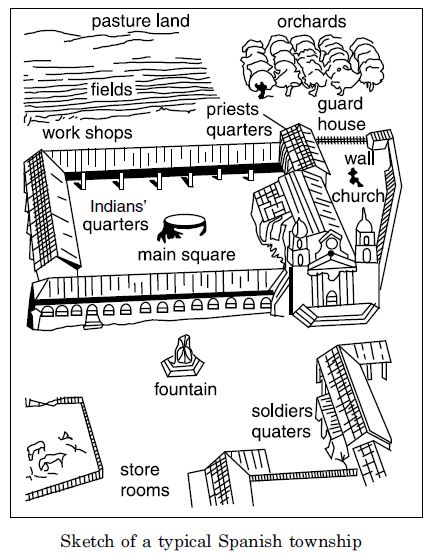Question 1:
Compare the Civilisation of the Aztecs with that of the Mesopotamians.
Answer:
Civilisation of the Aztecs.
- Society was hierarchical. It included nobles, priests, warriors, traders, artisans, physicians, teachers, peasants, etc.
- The king was chosen by the nobles from among them. He was regarded as the representative of the sun on earth.
- Land was limited and so people converted wasteland into land suitable for habitation or cultivation. There were canals for irrigation.
- People cultivated corn, beans, pumpkins, squash, potatoes, manioc root and other crops.
- People mostly worshipped the gods of war and the sun.
Civilisation of the Mesopotamians :
- There were three classes in society, i.e., higher, middle and lower classes.
- Higher and middle classes led a happy and luxurious life, while life of the lower class was miserable.
- Women enjoyed a lower status than men.
- People worshipped many gods and goddesses.
- People made several great achievements.
They first of all developed art of writing. They prepared a lunar calendar. They also discovered the decimal system and prepared the Hamurabi’s Code of Law. Besides, they invented the potter’s wheel, glasswares and new styles of architecture.
Question 2:
What were the new developments helping European navigation in the fifteenth century ?
Answer:
The new developments helping European navigation in the fifteenth century were as follows :
- The magnetic compass had been invented in 1380 CE. It could help identify the cardinal points accurately.
- Many improvements had been made in European sailing ships. Larger ships were built which could carry a huge quantity of cargo as well as equipments to defend themselves if attacked by enemy ships.
- Travel literature and books on cosmography and geography were available. These books and literature created widespread interest. For instance, Ptolemy’s Geography said that the regions of the world were arranged in terms of latitudes and longitudes, and that the earth was spherical. This gave Europeans some knowledge of the world.
Question 3:
Give reasons for Spain and Portugal being the first in the fifteenth century to venture across the Atlantic.
Answer:
Spanish and Portuguese rulers were receptive Sketch of a typical Spanish township to the idea of funding a maritime quest. They had a passion for gold and treasure and for glory and titles.
- Many devout Christians wanted to bring people of other lands into the fold of Christianity. So they were ready to face adventure.
- European countries wanted to establish ‘colonies’ in the regions with a warmer climate.
Question 4:
Which new food items were transmitted from South America to the rest of the World?
Answer:
The new food items transmitted from South America to the rest of the world were potatoes, canesugar, cacao and chillies.
Question 5:
Write an account of the journey of an African boy of seventeen captured and taken to Brazil as a slave.
Answer:
The journey of the enslaved boy was very hard. He was packed into a ship with other slaves. He was chained and kept without food and water for many days. He started his journey from Congo, reached Angola and left for Brazil in South America, sailing in the Atlantic Ocean.
Question 6:
How did the ‘discovery’ of South America lead to the development of European colonialism?
Answer:
European countries, specially Spain and Potugal, were greedy for gold and silver. They expected that a heavy quantity of gold was available in South America. That is why they settled over there in different regions. They established their rule over there with the help of their military strength and gunpowder. Local people resisted it with violent incidents. But this resistance was ruthlessly suppressed by the Spaniards. They forced the local people to pay tribute and used local chiefs for discovering new regions and new traces of gold. When other Europeans came to know about vast reserves of gold and silver in South America, they also came and settled over there. They made local people as their slaves and forced them to work in mines. In this way, South America was completely caught in the clutches of European imperialism.

